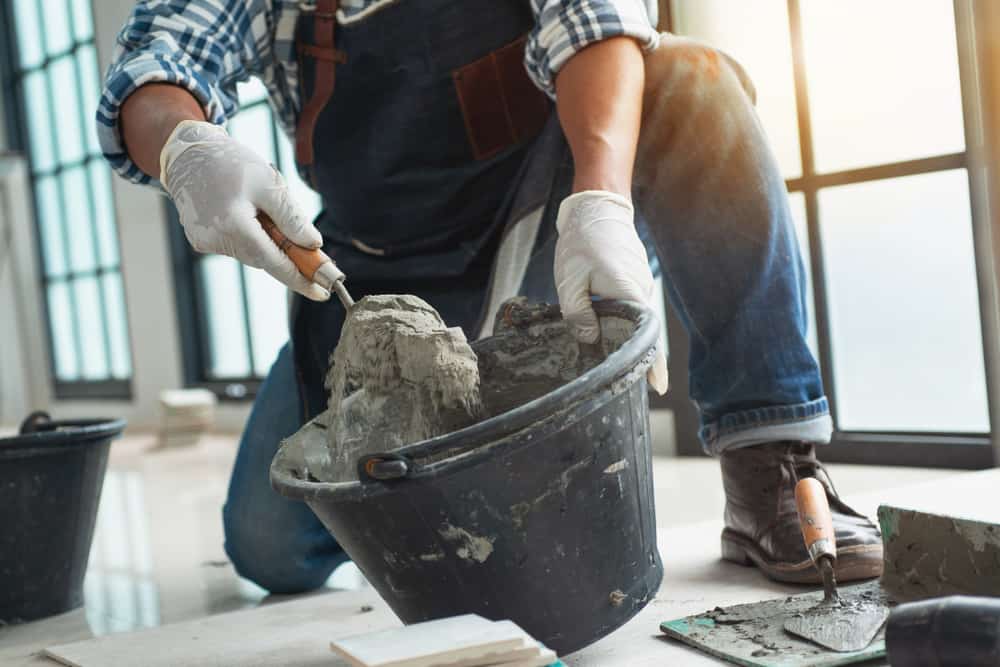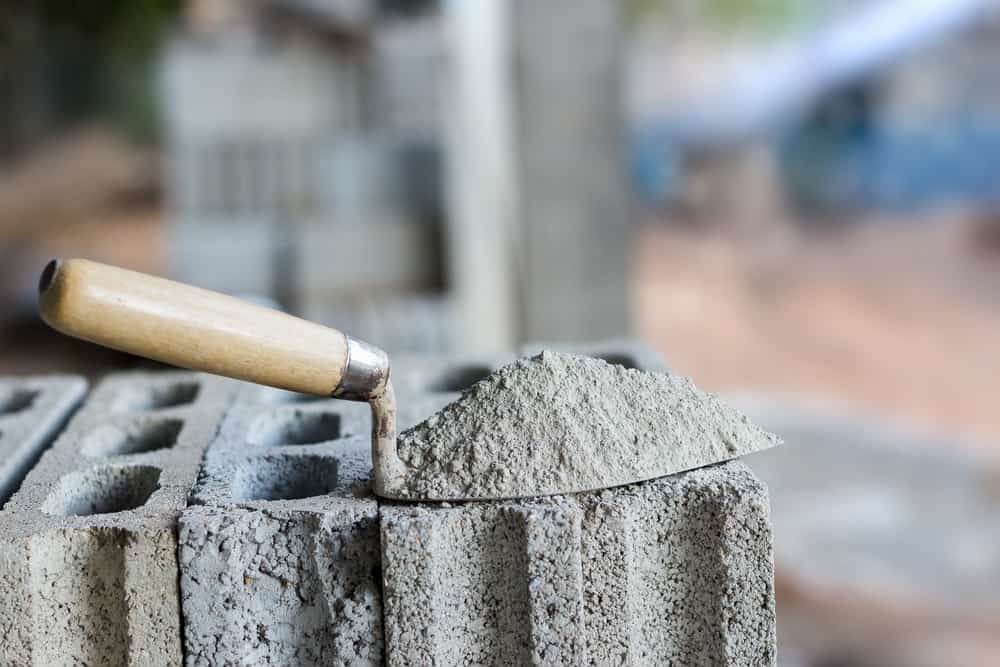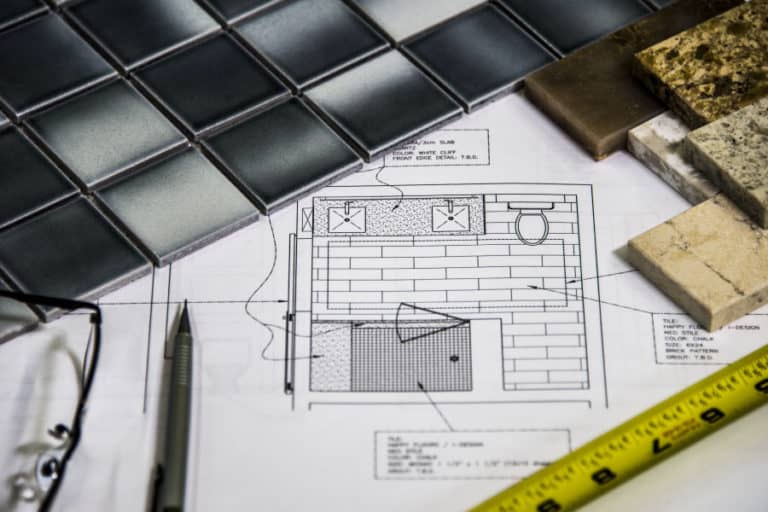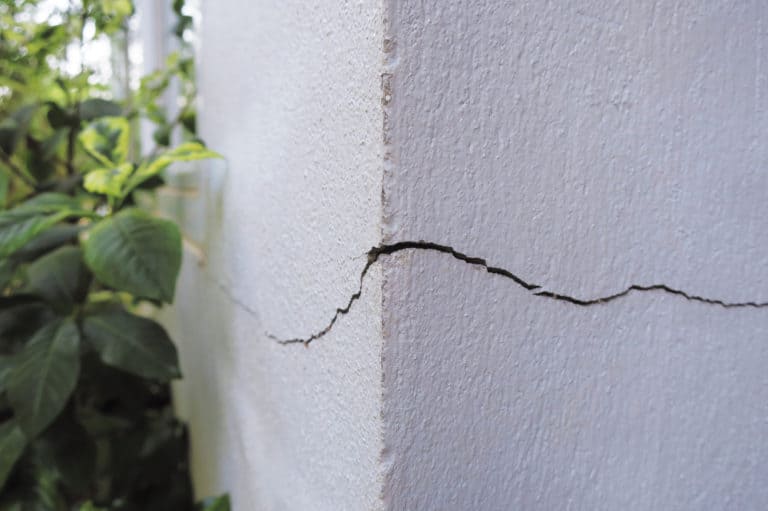Can Cement Be Used By Itself?
Cement is a versatile building material that is used across the world. Of course, cement is one of the main ingredients in concrete and mortar, which are commonly used construction materials. However, many people are unsure of just how versatile cement is. Due to this, they wonder whether cement can be used by itself.
Given that cement is a binding agent, it cannot typically be used by itself. To create concrete or mortar using cement, water and aggregates will need to be added. When cement and water are combined without aggregates, a slurry is created, which can be used to repair concrete and fill in cracks.
When considering whether you can use cement by itself, there are many factors to consider. In this article, we’ll explain why cement isn’t generally used on its own. Of course, this has to do with the need for aggregates. However, we’ll also look at how cement can be used by itself!
Can You Use Cement By Itself?
Cement is a widely used building material. From building homes to roads to hospitals, there are countless ways that this material can be used. Over time, different cement variants have been developed for different construction uses.
Due to these varied uses and types, many people have wondered whether it’s possible to use cement by itself. To determine this, we need to consider what exactly cement is and how it is used in construction projects.
Cement is a binding substance that has properties that allow it to bind to other materials. In this way, how cement is used in construction is like how flour is used in baking. The proteins within flour react when water is added, which forms gluten and provides structure to baked food.
On its own, flour has very few uses. You can bake raw flour in the oven for a few minutes to remove any bacteria and enhance the flavor thereof. Regardless of this process, the flour will need to be combined with other ingredients to be properly used – but does the same principle apply to cement?
Like flour, cement is very seldom used by itself, which is attributed to its classification as a binding agent. When you combine flour with water, a paste is formed. When cement alone is mixed with water, a paste will also form. This paste can be used for minor repairs in structures, which we’ll discuss later.
However, cement generally needs to be combined with other substances to be utilized. Cement is used as a binding agent to create both concrete and mortar. In order to better understand why concrete is not typically used alone, we need to consider the substances that are combined with cement in order to use it in construction.
Why Cement Isn’t Commonly Used By Itself
When cement is used in construction, it is commonly used with other substances to create concrete or mortar. In fact, preparing these construction materials is highly similar: both require water and aggregates to be combined with cement to form the appropriate mixture.
Due to similar preparation processes of these materials, many people confuse mortar and concrete. Mortar is typically mixed with cement, water, lime, and sand. In construction, mortar is commonly used to hold bricks together.
Concrete also contains water, cement, and sand – you can see why many people confuse concrete and mortar! However, to mix concrete, larger aggregates are required. In addition to sand, gravel is commonly used. By considering how these materials are prepared, you’ll better understand why cement isn’t generally used by itself.
Firstly, let’s consider combining cement with water, which is required when mixing concrete or mortar. Water is a crucial ingredient, as it allows the cement to form a paste that binds together the other materials. When cement is combined with water, a chemical reaction known as hydration results.
When mixing cement to form concrete or mortar, the mixture will need to be cured to reach its total compressive strength. When mixing either of these building materials, the mixture will need to be cured for up to 28 days. The hydration reaction allows your cement mixture to remain moist throughout this curing period.
As we explained above, the distinction between mortar and concrete lies in the aggregates that are added to the cement and water mixture. Mortar uses sand and lime, which are fine aggregates. While sand is also used as an aggregate in concrete, coarser aggregates like gravel are used.
Now, you might be wondering about the function of aggregates in these mixtures. In addition to making these mixtures more compact, the added aggregates greatly impact the mechanical strength of the mixture, allowing mortar and concrete to be used in the construction of rigid structures.
Without the use of aggregates, a cement and water mixture will have little structural strength. Ultimately, this is why cement generally isn’t used by itself – especially when you consider the common uses for concrete and mortar in construction projects.
The Importance Of Using Aggregates In Cement
In the previous section, we further explained why cement is not typically used on its own. As we explained, cement has very little structural strength when used by itself, which limits how this paste can be used. In order to create concrete or mortar with cement, aggregates need to be used.
However, many people are unaware of just how important aggregates are when using cement. In fact, this importance is highlighted when you look at the chemical makeup of concrete and mortar.
In concrete mixtures, aggregates comprise between 60% and 75% of the total volume of the mixture. The water used to mix concrete will account for 15% to 20% of the mixture. Finally, 10% to 15% of the concrete will be cement.
When preparing cement mortar, a different ratio is used. Generally, mortar consists of 1-part cement, 1-part lime, 6-parts sand. Once the dry materials have been combined, water is used to bind them.
These preparation ratios for the different ingredients in concrete and mortar are essential. The correct ratio of aggregates determines the overall strength of your concrete or mortar. However, your concrete and water paste ratio is just as important. Without sufficient paste, concrete or mortar may be too porous to use. In turn, this can result in cracking when the substance dries.
Despite similar mixture processes, mortar and concrete differ greatly from one another. Whereas concrete can be used as a sole building material, mortar cannot. Instead, mortar is used when working with bricks and other masonry materials.
There’s a good reason for this distinction: concrete is stronger than mortar. However, given the similar methods to prepare these building materials, you might be wondering why mortar isn’t as strong as concrete. The answer to this lies in the aggregates used in each mixture.
As we explained earlier, simply mixing cement and water along will result in a slurry or paste. While there are uses for this, this concoction has very little structural strength. The use of aggregates in these mixtures is responsible for their mechanical strength when used in construction.
In fact, the use of aggregates is so crucial when making cement mortar or concrete that a design phase is often required. In professional construction processes, the type and source of aggregates need to be considered. In addition to this, the size and material properties of the aggregates need to be evaluated.
The careful analysis of aggregates that is carried out in construction projects is a testament to the importance of using aggregates with cement. Without the use of these fine or coarse additives, the cement mixture will lack mechanical strength. In turn, this means that a pure cement and water mixture will lack this needed strength – so, what can it be used for?

Using Cement Without Adding Aggregates
When you consider the different uses for cement, such as mixing mortar or concrete, it’s clear that aggregates are a necessity. After all, the addition of fine or coarse aggregates imbues the resulting mixture with much-needed mechanical strength.
Of course, the addition of these aggregates allows cement mortar or concrete to be used in various construction projects. When aggregates are not used in a cement mixture, the cement and water will form a slurry. However, what is this aggregate-free cement paste used for?
From large- to small-scale construction projects, there are many ways to use a cement slurry. In fact, these cement pastes have been used in construction throughout history. Essentially, this slurry functions like a grout mix, which can be used to repair damage to concrete structures.
In addition to repairs, these cement slurries are often used for underwater concreting. While aggregates do not need to be added to a cement slurry, the addition of some fine sand can thicken the mixture. Furthermore, the type of cement you use in your paste impacts your slurry.
Using traditional Portland cement will result in a grey paste. When dealing with repairs to grey concrete, this slurry will be fine. However, others prefer to use white Portland cement to create this paste, especially for decorative uses.
How To Correctly Use Cement Without Aggregates
As we discussed in the above section, it is possible to use a cement mixture that does not contain aggregates. This cement paste, also called a slurry, can be used to repair cracks and damage on concrete surfaces. Some people even use this cement slurry in creative projects.
We’ll guide you through the simple process if you’re wondering how to create your own cement slurry. It’s best to produce small batches of this slurry due to the short shelf life of this mixture. Unlike concrete and mortar, which need to be cured, a slurry needs to be used within the first hour of mixing it.
Step One: Gather Needed Supplies
Compared to mixing concrete or mortar using cement, creating a cement slurry is far simpler. However, you’ll still need a few supplies to do this! If you’re missing any of the following supplies, you’ll be able to find them in your local hardware store or order them online.
Step Two: Follow Safety Guidelines
Both dry and wet concrete paste can be a safety hazard. Eye protection should be worn to minimize contact between the cement and your eyes. A mask should also be worn to prevent inhaling any of the powdered cement dust. It’s also wise to wear gloves and long-sleeve clothing to avoid contact with your skin.
Step Three: Prepare Dry Cement
Once you’ve taken safety precautions, you’re ready to begin preparing your cement slurry. You can start by carefully pouring some of your dry cement powder into your plastic tub. Due to this slurry’s short shelf life, you don’t want to use too much cement at once. 2 parts dry cement to 1 part water is a suitable ratio to use.
Step Four: Start Combining Water
Once you’ve put some cement in your plastic container, you’re ready to begin adding water. Water should be added slowly while continuously stirring with a wooden stirrer. Keep combining these until thick paste forms. If your cement slurry is too thick, you can add small amounts of water until you achieve your desired slurry consistency.
Step Five: Use Cement Slurry
As we explained earlier, the combination of water and cement results in a hydration process. As soon as you’ve made your paste, the hydration process will begin to harden your mixture. Due to this, you’ll need to use your slurry for repairs within an hour. Therefore, it’s better to produce small batches of this aggregate-free paste.
Step Six: Properly Dispose Of Excess Slurry
If you have any of your slurry remaining after your repairs, you’ll need to properly dispose of the excess. Keep in mind the alkaline nature of this paste can damage plants and animals. Clean water should be added to any remaining paste, which should sit overnight. After this period, the water can be drained, and the resulting sludge can be scooped into a garbage bag.
Conclusion
In construction, cement is often used as a binding agent. When combined with various aggregates, cement can be mixed into concrete and mortar. However, it’s also possible to use a cement paste made with only water. While this mixture lacks technical strength, this slurry can be used for various repairs on concrete and masonry surfaces.
Sources
- https://www.cemexusa.com/products-and-services/aggregates/background-on-aggregates
- https://www.hunker.com/12569526/how-to-mix-cement-without-sand
- https://www.marshalls.co.uk/gardens-and-driveways/blog/how-to-mix-cement-to-make-mortar-or-concrete
- https://www.thespruce.com/difference-between-cement-concrete-and-mortar-2130884
- https://www.dcpu1.com/blog/how-long-does-concrete-take-to-dry
- https://www.powerblanket.com/blog/how-long-does-mortar-take-to-cure/
- https://www.hunker.com/13401163/how-to-make-concrete-slurry







